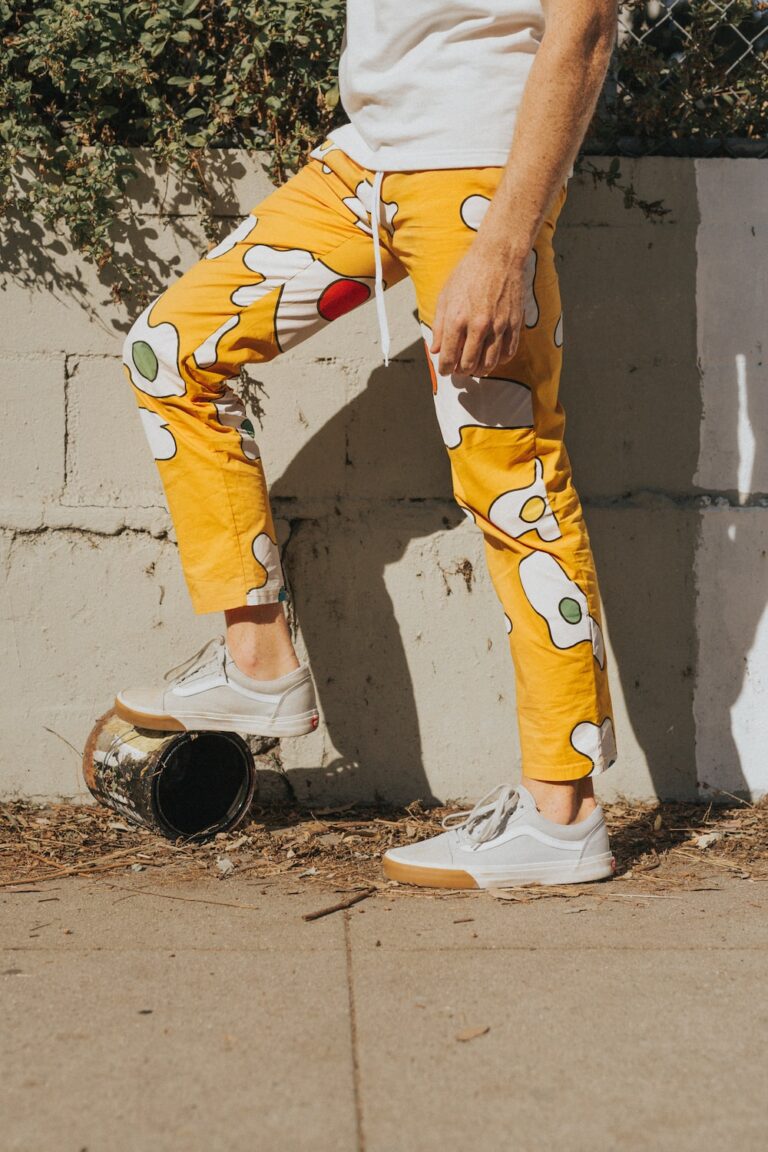
Fashion, fast fashion, as well as sustainable fashion concepts, have changed and evolved over time due to long processes such the interaction between people, cultural differences and migration. With ready-made clothes and fast fashion becoming part of everyday life in the 1980s, traditional skills such as sewing and repairing garments at home were replaced by “the”dispose-throw-new” cycle. Our fast-paced consumption habits have also influenced the clothing industry. The quality of the products has been reduced, which has led to a decrease in the product’s value.
Slow Activism in Fashion Industry
The most important Global environmental problems are a major cause The unavoidable increase in natural resources and waste consumption. Conscious consumers are aware that the global crisis in climate is threatening our present and future. It has been evident for some time. Change their consumption habits. The Product sustainability and lower carbon footprints are becoming more important. Cycle, which includes the raw material that is used in its manufacture and the effects it has on the environment when it is used or disposed of, is a new process within the fashion industry.
Sustainable fashion Understanding has been strengthened By the “Slow LifeThe “trend” has been a part of our lives since the 2000s. It was first noticed with the Covid-19 pandemic. It was recently called slow fashion, slow design. Slow design. It offers a fresh perspective. Perspective that is respectful of human beings Living conditions, biological and cultural diversity, as well as limited world resources, are some of the issues. It opposes the consumption culture that promotes similar products and services. Slow fashion offers an environmentally friendly solution that also has benefits for designers, workers and consumers in the textile industry. Slow fashion provides better incomes for workers and more ethical working conditions. Consumers also get products that are made with greater care and quality and have fewer toxic chemicals.
Are sustainable fashion products expensive?
It is more expensive to produce sustainable fashion products that are more ethical and environmentally friendly than fast fashion. They also support small and local producers. Still, it Not to be forgotten, the journey of textile products begins with the soil. It takes many people to make the journey from seeds into our wardrobes. These efforts have a high economic worth to be given the recognition they deserve. It is important to remember that long-term ecological and economic benefits will accrue as we become more functional and productive. High quality products will last for a longer time Check out our shelves.
Mass transformations require individual transformations.
The fashion industry’s top brands may seem to be the most influential, but the majority of fashion’s consumers are the real leaders and the people who run the style. Consumers are responsible for ensuring sustainable fashion continues. What can consumers do to support our transformation? It seems simple, but it is crucial for making significant changes.
- We can repair or replace the products that you use. If we are unable to, we can provide tailored support.
- It is possible to share clothing we don’t use or wear with others.
- There are many places that allow us to sell our clothes, as well as online applications and websites that allow us to access second-hand shops. Additionally, we can prolong their lifespan by purchasing used clothes whenever we need them.
- It will prolong the life of your clothes to wash them when they are dirty, rather than just washing them after every wear. Reduce carbon footprint during use.
- You can reuse your clothes in other areas of your life by using simple upcycling techniques.
- Buy a new outfit from a local and small manufacturer. They should adhere to ethical principles and produce transparently in accordance with our options.
The best choice for the environment is the one we already have, which is the dress in our closet. Recognizing our values is the first step in transformation.